How to be LEAN While Working Remotely
When you hear the term “LEAN Principles” you likely think of Henry Ford and Edward Demming—two of the most well-known figures in LEAN history. LEAN has been around since the 1450’s but it wasn’t until the early to mid-1900’s when Ford, then Toyota, began putting the concepts into large-scale practice. The LEAN principles of minimizing waste while maximizing value have changed very little since their inception, yet companies and individuals still struggle to implement LEAN management. So, why are the LEAN principles simple in concept but difficult in practice? The struggle lies in the ability to identify waste in the first place.
Part of becoming LEAN requires minimizing eight types of waste: defects, overproduction, waiting, unused talent, transportation, inventory, motion, and excessive processing. With eight different types of waste, one would think that identifying them should be relatively easy. Unfortunately, much of the waste within a workplace goes unnoticed because a task will likely get done regardless of whether waste is present or not. Now that many companies have adopted remote work, identifying waste is more important than ever.
The distractions that come with working from home quickly add waste to our daily workloads. Remote team members suffer from a high volume of personal distractions, full meeting schedules prevent work from being completed efficiently, and leaders lose visibility and transparency with how team members complete their work and deliver value. This is not to say that LEAN principles and working from home are incompatible, but it does require a more diligent mind to identify waste on a personal and professional level. While we cannot fully rid ourselves of all the distractions that come with working from home, we can (and should) implement manageable LEAN practices into our workday to stay efficient and productive.
The first suggestion when applying LEAN to our work is to adopt an Agile mindset: this means we shift our work process to continuously deliver value in small increments, instead of solely at the end. When we utilize Agile practices, we do not spend immense amounts of time and energy to create an end-product that is suboptimal. Instead, the product is built in smaller increments that are continuously improved upon based on feedback from a peer, leader and/or other stakeholders in the project. By doing this, we eliminate the wastes of time, unused talent, waiting, and excessive production—giving us a much LEAN-er result.
Another option that works well for remote workplaces is using a LEAN/Lightning decision jam. In this exercise, remote team members use software (such as Miro) to silently identify problems, present them to the group, vote on the most pressing ones, select which ones to solve, vote on the most feasible/popular solutions, and create actionable items to resolve the issues. This is done silently to avoid people talking over one another, and to ensure that everyone has a say in the problems, opportunities and solutions. This type of decision making takes about one hour and produces quality solutions through group collaboration the entire time. Utilizing Miro to quickly get all problems and solutions on the virtual table is a fantastic way to involve employees in the problem/solution process. At Phoenix, we use LEAN Decision Jams in multiple aspects of our work and train others on how to apply this practice as well.
The final suggested LEAN practice is utilizing process tracking software (such as Jira) to make project-based work visible and easier to manage work-in-progress (WIP) limits using a Kanban board. The Kanban board not only makes waste more apparent, it demonstrates the flow of value from start to finish. The board shows when one team member has too much on their plate, when a task is behind schedule, and where tasks may be blocked due to things outside the team’s control. A Kanban board is a simple yet effective tool in tracking progress while also identifying waste and bottlenecks in value delivery.
Ultimately, LEAN is simple, but requires consistent practice to achieve value without excessive waste. Implementing the above routines can help minimize waste which impacts team members’ ability to confidently complete and deliver on tasks. Leaders play an important role in encouraging and assisting with implementing a LEAN work-from-home mindset as well. When team members see their leaders adopting and utilizing LEAN principles, they are much more likely to adopt those principles into their own work. There are endless methods on how to apply LEAN to our personal and professional lives, so, let us get on the LEAN train together and leave the waste behind and chug on towards better value delivery.

















